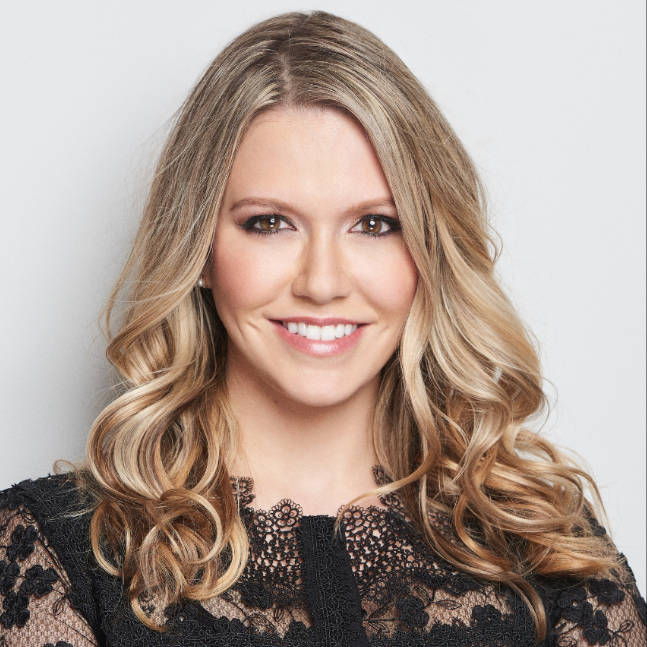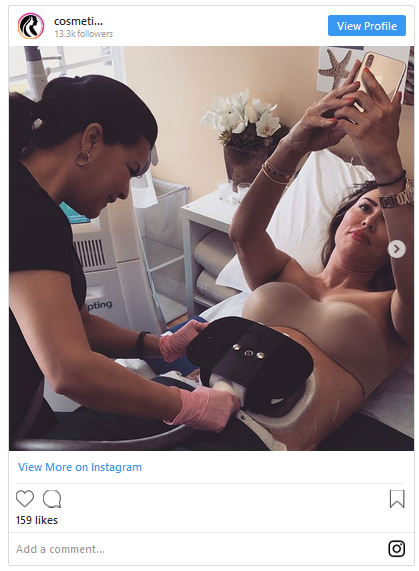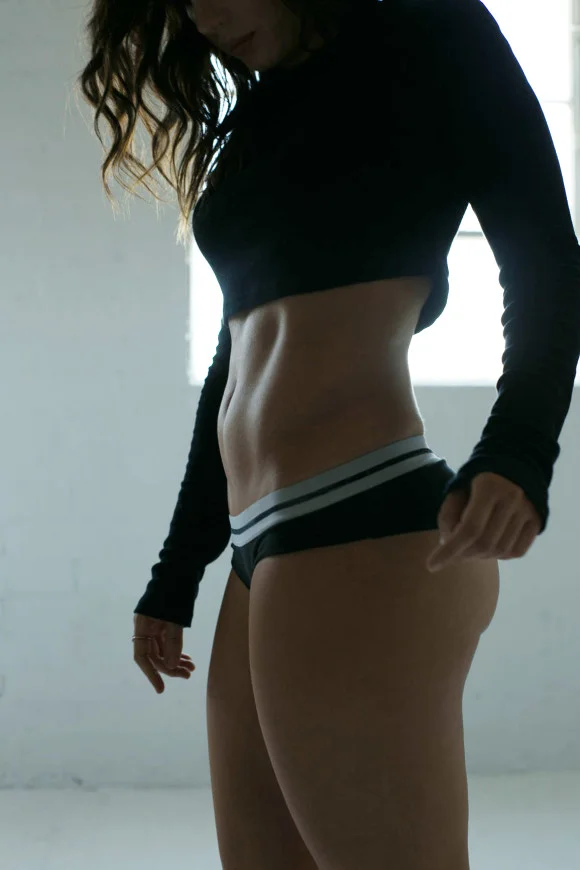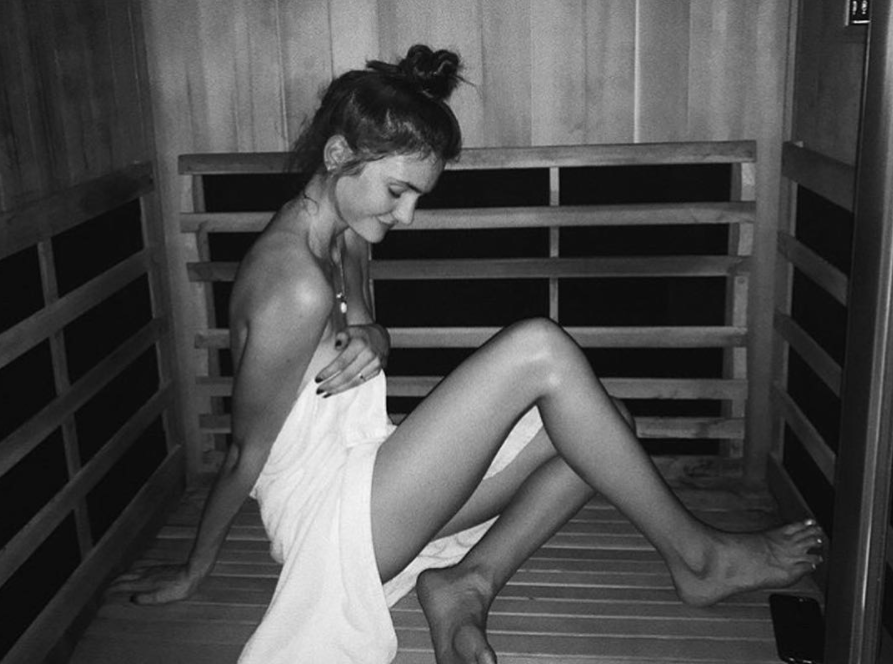CoolSculpting, a body contouring procedure that freezes your fat cells to death, has found fans in Dorinda Medley and Kelly Dodd — so I just had to see if it lives up to the hype.
by Talia Ergas
“CoolSculpting is specifically designed for people who have unwanted fat pockets in targeted areas”
As the editor of Bravo's Lookbook, I'm always keeping a close eye on all the cosmetic treatments the Real Housewives are into. My personal process is usually more voyeuristic and less experimental (read: I get a bit squeemish around needles ... especially when they're aimed at my face). Every once in a while, though, I hear about a treatment that sounds so magical and painless, I just have to see if it lives up to the hype.
Take, for instance, CoolSculpting. The body contouring treatment first came across my radar when The Real Housewives of Orange County’s Kelly Dodd raved about it on Instagram. Kelly claimed she took a nap during the fat-reduction process and called it "so easy." Naturally, I was intrigued, but also a bit skeptical. (Kelly, after all, is not one to shy away from gruesome treatments I'll never try like microneedling.)
But then, a colleague of mine was catching up with Dorinda Medley, and The Real Housewives of New York City pal divulged that she too had tried CoolSculpting — and loved it. “CoolSculpting is amazing,” Dorinda told The Lookbook. “It is unbelievable … It’s for all those bits and bobs that no matter how much you work out, especially at my age, you can’t get rid of. It just takes off those little bits. It’s one hour, and then over the next few weeks you pee [the fat cells] out."
Ok, so let’s recap: A treatment that eliminates fat cells with zero surgery and zero needles, that is so painless and “easy” you can do it while napping, and then you just pee out the cells?! That just sounded way too good to be true, so I had to speak with a CoolSculpting pro — and, of course, try the treatment for myself. Read on for the answers to all your burning CoolSculpting questions, and find out if it’s really as incredible as Kelly and Dorinda claim.
What is CoolSculpting?
CoolSculpting is an FDA-approved body contouring technology that removes stubborn pockets of fat via freezing and killing fat cells. Along with an overall healthy lifestyle, it helps to eliminate bulges at the hips, belly, arms, thighs, and elsewhere. There is no surgery, not a single needle, and no downtime.
Can anyone get CoolSculpted?
Unfortunately, CoolSculpting is not for everyone. “The CoolSculpting fat-reduction procedure is specifically designed for [people] who have unwanted fat pockets in targeted areas,” explains Laura Dyer, MSHHS, PA-C, who has more experience performing CoolSculpting treatments than any other medical professional in the world. “Unlike weight-loss surgery (e.g., gastric bypass), the CoolSculpting procedure is not a weight-loss solution for people who are obese.” (In fact, CoolSculpting only kills 20-25 percent of fat cells in the area.) So who makes a good candidate? “People who have noticeable bulges in certain areas they’d like to get rid of an want a non-surgical alternative to liposuction,” explains Dyer, adding, “as with any medical procedure, ask you physician if the CoolSculpting procedure is right for you.”
What actually happens during the procedure?
For my procedure, I chose to target what I (lovingly) refer to as my stomach "pooch." Here's what happened: First, I was asked to strip down to my underwear and put on a robe (the spa kind, not the hospital kind). Then, Dyer draped a gooey gel pad over my stomach, which, she informed me, was to protect my skin. Next, it was time to hook up the machine. (Have you ever tried turning on a vacuum and sticking the hose onto your skin? That's what this machine feels like as it grabs your fat pocket and sucks it in.) We did this on the right side of my stomach for half an hour, and then took it all apart and did it again on my left side for half an hour. (I brought my laptop and got some work done during the process. I'm impressed that Kelly was able to nap with the giant suction hooked up to her stomach.) A few weeks later I came back to do the whole thing all over again (two appointments per area is standard) and that was it! Now we wait ...
They used lots of pillows to keep me as comfortable as possible during the procedure.
Does it hurt?
It's definitely not painless, but the pain comes and goes pretty quickly (it's only the first 5 minutes) and it's never unmanageable. A few things to remember on that note: everyone's pain tolerance is different, so different people may feel more or less uncomfortable during the procedure. Also, keep in mind that I'm not a cosmetic surgery pro, so I am especially squeemish and uncomfortable with this type of thing. If you can handle botox, this should be a breeze.
During the first five minutes, my pain level went from barely-noticable to annoying-but-manageable. Then, you start to go numb and the feeling subsides. Imagine pressing a giant ice pack to your stomach: at first it's cold, then it starts to hurt, then you go numb. That's exactly what it feels like.
What happens after?
After my procedure was over, they released the machine and my stomach bulge spilled out, looking and feeling like what can only be described as numb butter. The technician massaged the area to break up the dead fat inside. That was the most uncomfortable part: this giant area of your body is being massaged and you can't feel a thing. The treated area stays numb for a few days to a few weeks, so showering and wearing tight jeans felt super weird for a while. Some people also experience temporary bloating and bruising afterwards, but I thankfully didn't. Then, over the span of the next three to four months, the dead fat cells leave your body at a rate of "four french fries-worth per day," according to my technician.
How quickly do you see results?
Results are seen in approximately three months, and since I'm only one month past my procedure, I can't quite share my final verdict on that. I can, however, say that I truly am starting to see my stomach pooch flatten out, even though I've made no other changes to my daily routine. (Check back for another update once I hit the three-month mark!)
When the fat leaves your body, where does it go?
"Fat cells that are frozen gradually die off and leave the body through the body’s natural elimination process," explains Dyer. (Or, as Dorinda so eloquently put it: "You pee it out!")
Are the results permanent?
Continues Dyer, "Since the stem cell capability of your fat cells shuts off at the completion of puberty, the number of fat cells a person has typically stays the same throughout their adult life. As [a person] gains or loses weight, these fat cells either get bigger or smaller, but the number doesn’t change. However, with CoolSculpting, since we are actually causing cell death to 20-25 percent of the fat cells per treatment, once these dead fat cells are dead and eliminated, they are gone for good. That’s why the results are long-term. Untreated areas will have no change in fat cell distribution."
But what if, instead of maintaing your normal lifestyle, you start eating unhealthy and stop exercising after your treatment? "Many people, after seeing the results from their CoolSculpting procedure, feel even more motivated to stay close to their ideal weight," shares Dyer. "However, if you do gain weight, you may gain it evenly all over your body, not just in the treated areas. But once you rally back to your starting weight, you can typically appreciate the results again." Whew!
How much does it cost?
Says Dyer, "The price for CoolSculpting procedures varies depending on your areas of concern, the number of treatments needed, and your ultimate goals. Most patients opt to receive treatments in multiple body areas in order to achieve their goals. The cost typically ranges between $2,000-$4,000 for their personalized treatment plan depending on the number of areas treated." So, it's not cheap, but neither is liposuction. And if this option forgoes the cutting you open part, count me in!
The verdict ...
Overall, CoolSculpting is a nearly-painless quick fix for problem areas that diet and exercise alone can't tone. After trying it for myself, I completely agree with Kelly Dodd saying the process is "so easy." After just one month, I'm already starting to see my "pooch" shrinking, and I can't wait to see the final results. Check back in two months for an update!

















